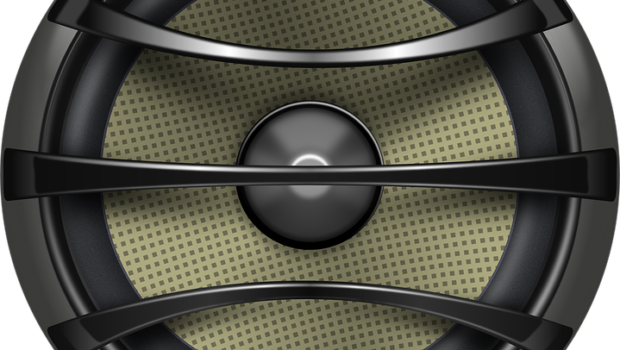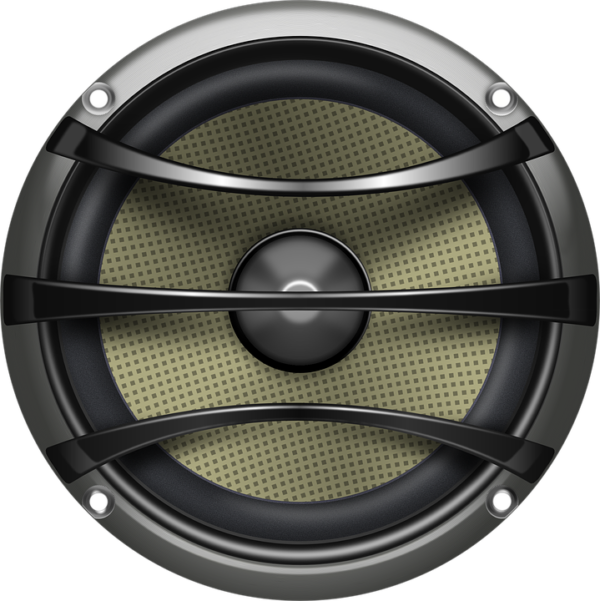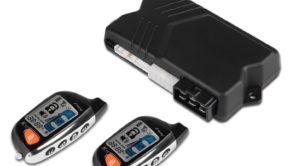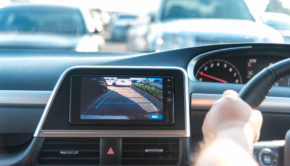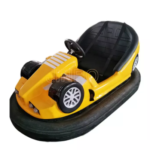Car Speaker Specs Demystified: What to Look for Before Your Next Purchase
The best way to test any speaker you are looking to buy is to listen to its sound output. However, this is not always possible, especially in the online shopping age. On the other hand, many brick and mortar retailers don’t stock demo units and will flat out refuse to break the seal until you’ve made a purchase.
Apart from knowing the top car audio brands on the market, you also need to have a working knowledge of what car speaker specifications mean. Unfortunately, not everyone understands what the numbers and symbols mean. Here’s a simplified version of the specs that will help you purchase the right speaker, even before you make your order.
Speaker Cabinet
You might get the best car speakers, but a bad cabinet can ruin your sound experience. Therefore, you should take into consideration the quality of your cabinet when purchasing a speaker. Make sure that the speaker features a dense material like wood since light materials tend to vibrate.
However, the material does not affect the highs, but rather the bass. On the other hand, this doesn’t mean you should use a wooden cabinet. Instead, you can choose any other dense material for the speaker cabinet.
Impedance
Simply put, impedance means resistance. This factor is measured in ohms, and it’s a critical specification you ought to make a note of.
To better understand what impedance means to you, think of the speaker as a hose and the electric current flowing through it as the water. The flowing current is what is converted into the sound you hear from a speaker. If the hose features a narrow opening, less water flows through it, and if a hose has a big opening, more water flows through.
The same way, if a speaker features a low resistant – impedance – more current from your amplifier passes through to the speaker. In other words, the lower the impedance indicates, the more current flowing through a speaker.
The speaker you’re looking at should neither have a low or high impedance. A low impedance speaker puts more load on your amp by asking for more current than it’s capable of delivering. In an attempt to create the amount of current required, your amplifier may shut down, overheat or be damaged.
On the other hand, a higher impedance speaker requires a massive amount of current to play loudly. And, high impedance leads to low flow of power, leading to poor volume performance. Speakers with 6 to 8 ohms impedance are considered optimum to play at enjoyable levels.
Power Handling
The power handling capability of car speakers is specified in Watts, which is the amount of power a speaker can handle without being damaged. A speaker can easily be damaged if you give it more power than it’s designed to handle.
Speakers usually indicate two power ratings, namely RMS or continuous and Peak. RMS rating is the amount of continuous power your speaker can handle without damage. Peak power is the rating of maximum power a speaker can handle at any time.
You should understand that speaker ratings can, sometimes, be misleading. An advertised 10-watt speaker may sound like it will play louder than a 7-watt one. However, you don’t know whether the ratings are in peak watts or RMS; so, make sure that a speaker offers power ratings in RMS for a true comparison.
Speaker Size
This is usually more of a hint and not a true indicator. In most cases, people believe that the bigger and heavier a speaker is, the better sound it will generate.
Sensitivity
Measured in decibels (dB), sensitivity is one of the most important ratings that are ignored. The speaker’s sensitivity rating indicates how loud the speaker can get in a room or non-echoing environment.
Manufacturers usually specify sensitivity rating measured in average room environments, and some consider non-echoing environments. Sensitivity rating in room environments usually tends to be inflated by 2 to 3 dB over the non-echoing environment.
The higher the speaker’s sensitivity rating, the louder it is. The average speaker is within the 87 to the 88dB range, and a speaker with more than 90dB is considered good enough. To get a feel of what the dB sounds like, here are some common sounds to compare with:
- 0dB is silence
- 15 to 25dB is a whisper
- 40 to 60dB is home or office background noise
- 65 to 70dB is your normal speaking voice
- 90dB is the sound made by a lawnmower
- 110dB is a car horn
Frequency Response
Sometimes called the frequency range, this specification is measured in Hertz (Hz). The specification in your car speaker informs you how high and low the speaker can play. For example, 65Hz to 20kHz means the bass output produced by a speaker, while the second part represents the highest treble at 20,000Hz.
The human ear can only conceive sound frequencies between 20Hz and 20kHz; however, bass frequencies hitting 30Hz or less cannot be heard, but felt. Therefore, a speaker with a 50Hz rating and lower is considered good enough to use without teaming it up with a subwoofer, not unless you are going for the deepest bass.
Also, the frequency response rating should always be accompanied by a +/ – symbol; if these deviations are missing, then the specifications don’t offer the real picture.
Most speakers indicate either a +/- 3dB or 4dB after the frequency range. For instance, 40Hz-20kHz +/- 3dB. The +/- 3dB at the end indicates that you will get to enjoy each tone within the entire frequency range so you won’t miss even those little sounds.
Conclusion
Speaker specs not only give you an idea of its performance but also how well the car speaker will perform in the real world. When comparison shopping for your car speaker, shortlist a few models based on the specs mentioned above and see if you can have an opportunity to listen to the sound output. If sound quality is good, choose them; otherwise, seek out the second best option regarding specs.

